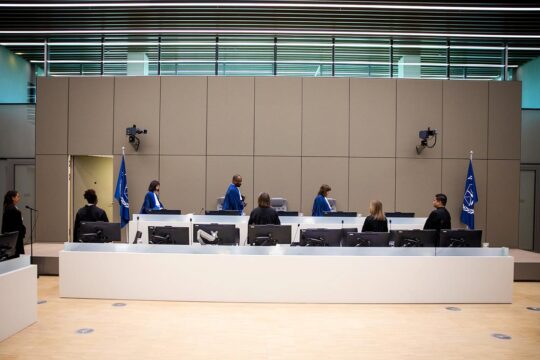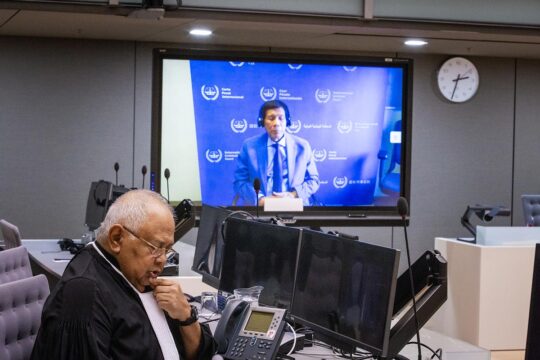The trial of a Malian jihadist charged with war crimes for orchestrating the 2012 destruction of nine Timbuktu mausoleums and a section of a famous mosque resumes Monday at the International Criminal Court (ICC).
How did the monuments come to be considered important and why were they destroyed?
Who built the mausoleums?
The mausoleums of Muslim saints located in Timbuktu's cemeteries and mosques date back to the ancient caravan city's golden age in the 15th and 16th centuries as an economic, intellectual and spiritual centre. Some date back as far as the 14th century.
The construction of the original tombs of Muslim saints was undertaken by anonymous groups of family members or disciples of the saints, according to experts.
The earthen mausoleums around them were erected after the tombs were desecrated by those who believed they could gain power from being close to the remains.
In the centuries that followed, their maintenance and upkeep was taken on by descendants, local residents and patrons of the sites.
Thirteen of the city's most revered sites became UNESCO-protected in 1988.
Why are they revered?
Known as the "City of 333 saints", or the "Pearl of the Desert", Muslims from across the world visited the tombs of saints as holy places where those in difficulty could ask for divine intervention.
The city's inhabitants have long believed the tombs protect them from danger and they appeal to the saints for help.
Throughout the years, residents have asked the saints to intervene in anything from securing a woman's hand in marriage to making the rains come.
UNESCO describes them as "pilgrimage sites for Malians and neighbouring west African countries."
Why were they destroyed?
Islamist fighters desecrated the centuries-old shrines using pickaxes and chisels after seizing the city in April 2012.
The jihadists considered the shrines, as well as priceless ancient manuscripts from Timbuktu's golden age, to be idolatrous.
On trial next week for his alleged role in spearheading the destruction is Ahmad al-Faqi al-Mahdi, a member of Ansar Dine, a mainly Tuareg group which at the time held sway over Mali's desert north.
Ansar Dine allied with Al-Qaeda in the Islamic Maghreb (AQIM) and a third group to occupy the city, until being routed in a French-led intervention in January 2013.
Court prosecutors say the jihadists' first attempted to dissuade Timbuktu's residents from their long-held practice of worshipping the shrines, but after failing set upon their wholesale destruction.
The Islamists also implemented a version of Islamic law which forced women to wear veils and set whipping and stoning as punishment for transgressions.
Why is the ICC case important?
The case is the first to be brought by the world's only permanent war crimes court over the extremist violence that rocked Mali in 2012 and 2013.
It is also the first time that a jihadist has appeared before the court in The Hague and the first ICC case investigating the destruction of religious buildings and historical monuments.
The defendant has made clear he will plead guilty -- another first for the court -- to a single charge of jointly ordering or carrying out the destruction.
What happened to the mausoleums?
The reconstruction of the shrines began in March 2014, relying heavily on traditional methods and employing local masons.
To make sure the rebuilt shrines matched the old ones as closely as possible, work was checked against old photos and local elders were consulted throughout the process -- an important step in a city where culture has traditionally been passed on by word of mouth.
Several countries and organisations financed the reconstruction, including UNESCO.
Work finished on the site in July 2015, and a ceremony marking the completion was held on February 4, 2016.
Five head of cattle were ritually sacrificed just after dawn, ahead of a reading of the entire Muslim holy book, the Koran, and the handing of the keys to the families in charge of their care.





